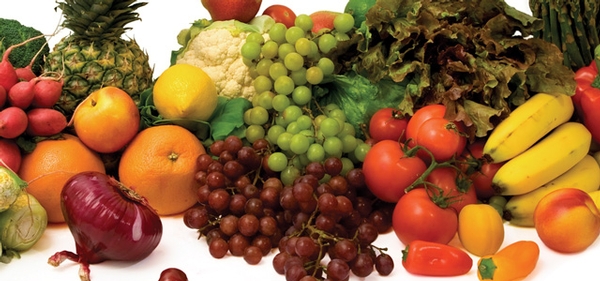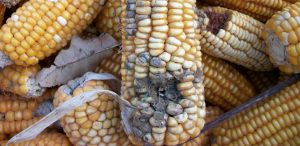1.1 Introduction
Functional foods are foods that contain physiologically-active components that provide a health benefit beyond basic nutrition [1]. This comprises some bacterial strains and products of plants and animal origin containing proven and well documented physiologically active compounds beneficial for human health and reducing the risk of chronic disease as well as improving their physical performance [2]–[5].
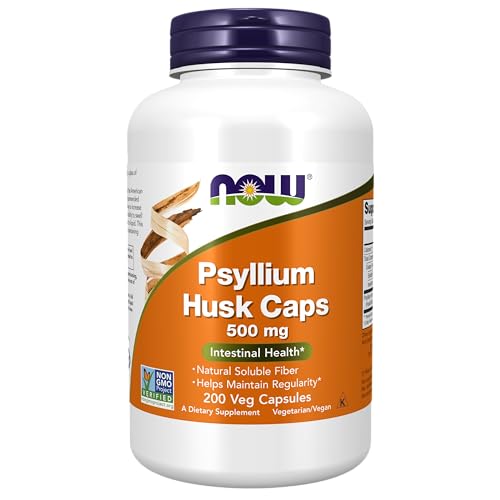
Buy NOW Supplements, Psyllium Husk Caps 500 mg, Non-GMO Project Verified, Natural Soluble Fiber, Intestinal Health*, 200 Veg Capsules from Amazon: Click here to go to Amazon, https://amzn.to/3vt870B
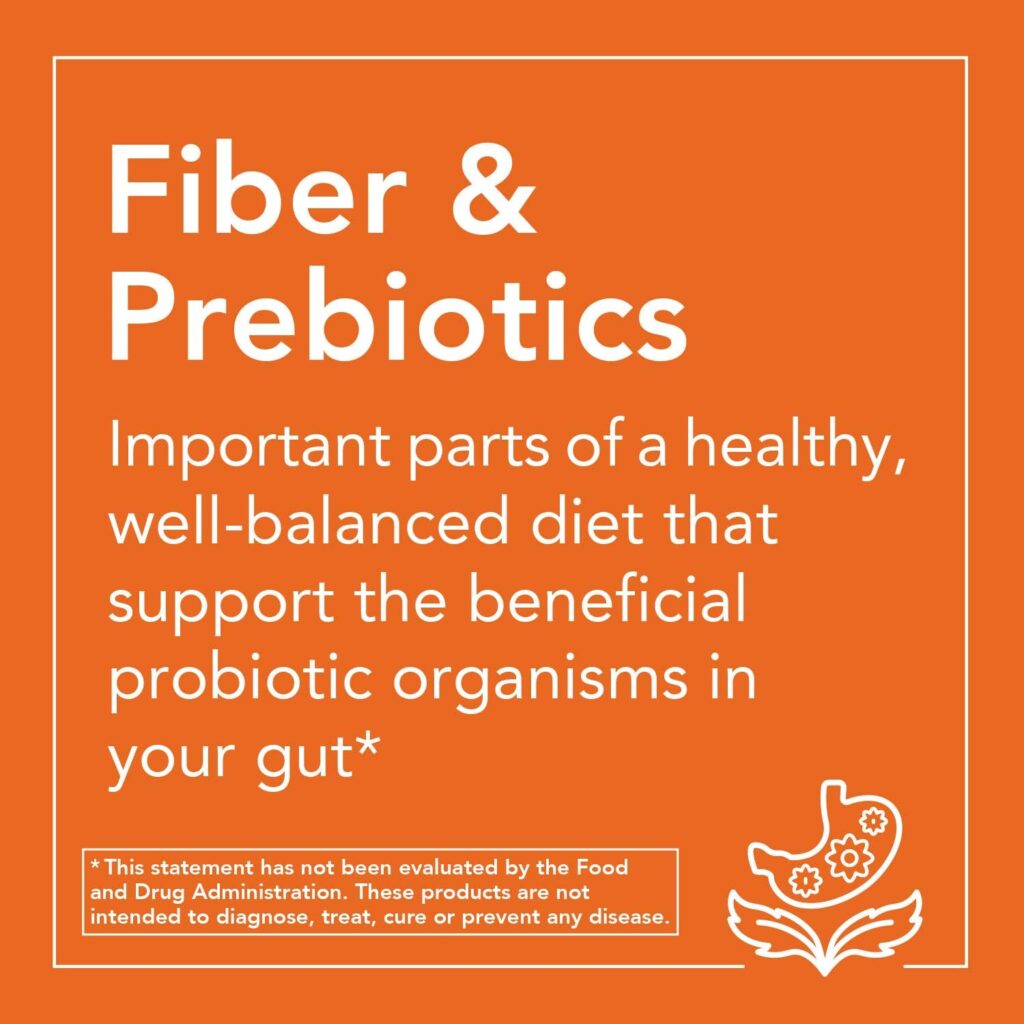
Genetic modification has been advocated as an alternative or complement to micronutrient interventions such as supplementation, fortification or dietary diversification in the delivery of the much needed nutrients in foods [6].
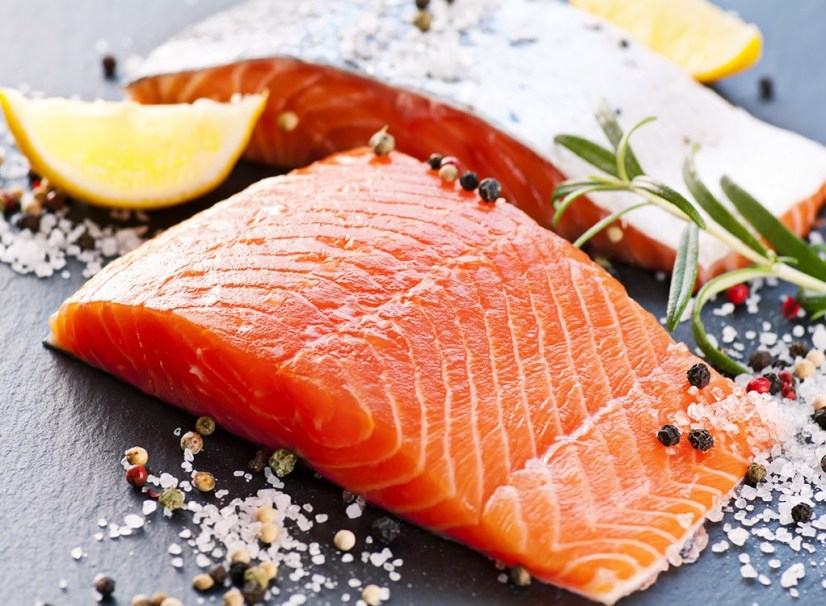
1.2 Categories of functional foods
According to [2], functional food comprises of:
- Conventional foods containing naturally occurring bioactive substances (e.g., dietary fibre).
- Food enriched with bioactive substances (e.g., probiotics, antioxidants).
- Synthesized food ingredients introduced to traditional foods (e.g., prebiotics).
1.3 Production of functional foods
According to Roberfroid [7], food products can be made functional through:
- Eliminating a component known to cause or identified as causing a deleterious effect when consumed (eg, an allergenic protein).
- Increasing the concentration of a component naturally present in food to a point at which it will induce beneficial effect.
- Adding a component that is not normally present in most foods for which beneficial effects have been shown (eg, antioxidant).
- Replacing a component, usually a macronutrient (eg, fats), whose intake is usually excessive and thus can cause of deleterious effects to health
- Increasing bioavailability or stability of a component known to produce a functional effect or to reduce the disease-risk potential of the food.
To achieve this, the role of biotechnology is invaluable. The quality of animal and plants food can be modified and optimized to meet the nutritional and health needs of at-risk and compromised populations prevalent in most needy people [8].

Buy NOW Supplements, Psyllium Husk Caps 500 mg, Non-GMO Project Verified, Natural Soluble Fiber, Intestinal Health*, 200 Veg Capsules from Amazon: Click here to go to Amazon, https://amzn.to/3vt870B

1.4 Examples of functional foods
|
Component |
Food Source |
Potential Benefit/ role |
Chronic Disease of Interest |
|
Carotenoids |
|
|
|
|
Alpha-carotene Beta-carotene Lutein Lycopene Zeaxanthin |
Carrots Fruits, vegetable Green vegetables Tomatoes & tomato products (Ketchup, sauces, etc.) Eggs. Citrus, corn |
– Neutralizes free radicals which may cause damage to cells – Neutralizes free radicals Contributes to maintenance of healthy vision – May reduce the risk of prostate cancer and CVD. Inhibit LDL Oxidation. |
• Management of certain cancer, • cardiovascular • photosensitivity disorders, è in the context of carotenoids’ unique antioxidative properties |
|
Dietary Fibre |
|
|
|
|
Insoluble fibre Beta glucan Soluble fibre Whole Grains |
Wheat bran Oats Psyllium Cereal grains |
– May reduce risk of breast and/or colon cancer – Reduces risk of cardiovascular disease (CVD) |
• Breast and/or colon cancer • Cardiovascular disease (CVD) • Management of Diabetes |
|
Flavonoids |
|
|
|
|
Anthocyandins Catechins Flavanones Flavones |
Fruits Tea, Green & Black Citrus, Berries. Fruits/Vegetables |
• Anti-oxidant, • Anti-microbial • Anti-inflammatory activities • Inhibit LDL Oxidation |
• Coronary heart disease • peripheral vascular disease |
|
Phytoestrogens |
|
|
|
|
Isoflavones-Daidzein, Genistein Lignans |
Soybeans and soy-based foods Flax, rye, vegetables |
• May reduce menopause symptoms, such as hot flashes, • Decreases Cancer risk and cardio vascular risks by scavengering free radicals. |
Cardiovascular disease (CVD) Cancer
|
|
Vitamin E |
|
|
|
|
Tocopherols |
Oils (from rice, soy, olive), fats, rice |
• Inhibit lipid peroxidation (LDL), anticancer apoptic activities. |
• Cardiovascular disease (CVD) • Cancer
|
|
Mineral |
|
|
|
|
Calcium |
Milk & derivatives |
• Decreases proliferation of colon cancer cells, lowering colon cancer risk • inhibitor of tumour promoter enzyme ornithin decarboxylase’s decrease gut proliferation and irritation. |
Cancer
|
|
Prebiotics/ Probiotics |
|
|
|
|
Fructo-oligisaccharides (FOS) Lactobacillus |
onion powder Yogurt, other dairy |
• Lowers blood cholesterol levels by inhibiting cholesterol absorption • May improve gastrointestinal health • Support GI health, boost immunity. • May lower LDL, cholesterol; anti-cancer activity |
|
Table Source: [2]
1.5 Functional foods developed through genetic manipulation to fight chronic diseases
- The development of golden rice, genetically engineered to provide augmented levels of b-carotene and iron which has a tremendous impact on the health of millions of the world’s vitamin A and iron-deficient individuals [1]. Transformation of the the plant pathogen Agrobacterium tumefasciens with the T-DNA element, to effect gene transfer to the rice through the bacterium’s infectious capacity was done to achieve these qualities in rice [5], [9]
- Generation of very-high-amylose potato starch by genetic modification – This unique starch has high amylose, low amylopectin, and high phosphorus levels, offering novel properties for food and industrial applications [5]. Modification of starch to increase the amylose to amylopectin ratios would be greatly useful in improving glycemic index and physiological responses to the starchy foods that are prevalent in the diet in many developing countries [8] thus helping combat diet related diseases such as type 2 diabetes.
- Resistant starch and other dietary fiber components in tubers– tubers from genetically modified high-amylose potatoes have more resistant starch and more dietary fiber than their parent tubers [10], [11]. These are ideal for GIT related complications as well as Type 2 diabetes.

Buy NOW Supplements, Psyllium Husk Caps 500 mg, Non-GMO Project Verified, Natural Soluble Fiber, Intestinal Health*, 200 Veg Capsules from Amazon: Click here to go to Amazon, https://amzn.to/3vt870B

- Use of probiotic bacteria such as Bifidobacteria and various Lactobacilli in food products such as yoghurts and other dairy food products – These bacteria improve immune status of the colon, and are involved in preventing and depleting pathogenic and infectious bacteria in the gastrointestinal tract such as Helicobacter pylori. Furthermore, probiotic bacteria are effective against lactose intolerance and diarrhea [8]. Yogurt and Bio-Yogurts Containing Probiotics and Prebiotics have been produced and studied to deliver these healthy benefits including reduced the risk of type 2 diabetes, obesity, various gut problems including lactose intolerance, irritable bowel syndrome, and fatty liver disease, [12].
- Transgenic biofortified sorghum – Lysine and protein digestibility have been improved by suppression of synthesis of the kafirin storage proteins. Transgenic biofortified sorghum has double the Protein Digestibility Corrected Amino Acid Score of conventional sorghum. This improvement should enable a young child to meet most of its protein and energy requirements from biofortified sorghum porridge [13]. This is ideal in fighting Protein Energy Malnutrition (PEM).
- Others include:
- Multi-biofortified ‘BioCassava’ – Potential reduction of reduction in vitamin and mineral deficiencies by the engineering of these nutrient genes into cassava [14].
- Folate-enriched rice – Engineered to reduce the burden of folate deficiency [14].
- Provitamin A ‘Golden Mustard – Engineered to produce high levels of pro-vitamin A to combat Vitamin A deficiency [13].
- High-provitamin A and high-iron banana – to combat vitamin A deficiency as well as anaemia [15].
- Multi-biofortified rice – Rice with enhanced provitamin A, zinc, iron and folate concentrations to reduce the health burden of micronutrient malnutrition [16].

1.6 Targeted functional components
Numerous animal and plant foods or physiologically active ingredients derived from plants have been investigated for their role in disease prevention and health.
- Fish Oils – physiologically-active components derived from animal products are the (n-3) fatty acids, predominantly found in fatty fish such as salmon, tuna, mackerel, sardines and herring. The two primary (n-3) fatty acids are eicosapentaenoic acid (EPA; 20:5) and docosahexaenoic acid (DHA; 22:6). DHA is an essential component of the phospholipids of cellular membranes, especially in the brain and retina of the eye, and is necessary for their proper functioning [1].
- Probiotics – Probiotic micro-organisms have great physiological importance as their fermentation of complex, non-digestible carbohydrates in the colon produces short chain fatty acids that have numerous benefits. The physiological effects related to probiotic bacteria include the reduction of gut pH, production of some digestive enzymes and vitamins, production of antibacterial substances, e.g., organic acids, bacteriocins, hydrogen peroxide, diacetyl acetaldehyde, lactoperoxidase system, lactones and other unidentified substances, reduction of cholesterol level in the blood, stimulation of immune functions, suppression of bacterial infections, removal of carcinogens, improvement of calcium absorption as well as the reduction of faecal enzyme activity. Furthermore, probiotic bacteria are effective against lactose intolerance and diarrhea [2], [8]
- Prebiotics – Complex carbohydrates pass through the small intestine to the lower gut where they become available for some colonic bacteria. Lactulose, Galacto-oligo-sacchrides, fructo-oligo-sacchrides, inulin and its hydrolysates, malto-oligosacchrides, and resistant starch are prebiotics commonly used in human nutrition. The main end products of carbohydrate metabolism are short-chained fatty acids, namely acetate, butyrate and propionate which have positive effects on colonic cell growth and stability, generate many of the same bacteria as provided in probiotics [2].
- Modified starch and glycemic Index – There is potential for modification and improvement of starch and carbohydrate quality. Root and tuber crops such as cassava and yams are typically high in amylopectin with lower ratios of amylose to amylopectin. This yields highly digestible, high glycemic index foods. These high-glycemic index starches have been associated with diet-related conditions such as type 2 diabetes and insulin resistance. Modification of starch to increase the amylose to amylopectin ratios would be greatly useful in improving glycemic index and physiological responses to the starchy foods that are prevalent in the diet [8].
- Bioactive Components – Many vegetables, legumes and grains contain physiologically beneficial bioactive compounds such as antioxidant carotenoids, phenolics, alkaloids, glucosinolates and other phytochemicals. Active compounds such as carotenoids from tomatoes, glucosinolates from Brassica vegetables, phytoestrogens from soybean and phenolics and antioxidants from various plants have been shown to protect and prevent against numerous diseases such as cancers and cardiovascular disease. These antioxidants are also associated with slowing the aging process and improving overall health [8].
- Conjugated linoleic acid (CLA) – This was first identified as a potent antimutagenic agent in fried ground beef. CLA is present in almost all foods, but occurs in particularly large quantities in dairy products and foods derived from ruminant animals [2].
- Protein – Genetic modification can be applied for improving the availability and quality of protein in food crops. This is primarily by modification of the amino acid composition and amounts, as has been done in some legumes and soybean [8]. This is useful in targeting catabolic diseases (e.g. cancer) and protein energy malnutrition.
- Micronutrients – biofortification – Micronutrient content of products can be increased by insertion of genes that produce the desired nutrient. Thus, resulting in rice with up to three times the amount of iron [8].
From plants we have:
- Polyphenols and flavonoids – The term polyohenol includes simple phenols and flavonoids, which are found in fruits, vegetables and nuts and their products and posses important antioxidant properties. Red wine contains resveratrol, a non polyphenol antioxidant product of grape skins. It was shown that wine phenols inhibited the oxidation of low-density lipoprotein (LDL) which gives the preventive effect of polyphenols on the development of atheroselerosis [2].
- Soy isoflavones – Soy isoflavones are phytoesterogens that are derived from the protein fraction of the soybean and its food products (e.g., soy milk, soy flour, tofu, miso) include genistein and daidzein, and possess estrogenic properties because of the similarities of heir chemical structures to estrogenic compounds [2].
- Carotinoids – There are severed plant derived carotenoids in the human diet, of which β-carotene, α-carotene, leutin, zeaxanthin and lycopene appears to have most significance for health [2].
- Plant antioxidants – Garlic, broccoli, green tea, soybean, tomato, carrot, Brussels sprouts, kale, cabbage, onions, cauliflower, red beets, cranberries, cocoa, black berry, blue berry, red grapes, prunes, and citrus fruits are mentioned as the richest source of antioxidants [2].
- Fibres – Dietary intake of cereals, legumes, grains, fruits and vegetables will provide sufficient fiber which increases digestion, avoiding intestinal carcinogen accumulation. Fibre fermentation products also decrease the risk of gastro intestinal tumours. Fibre intake has been also associated with lowered risk of stomach complications [2]. Inulin and oligofructose are components of the diet also have potential health benefits [3].

1.7 Conclusion
Functional foods remain important in the delivery of nutrients that target heath related problems within the population. More studies continue to elucidate the effect of these functional food components on cardiovascular diseases, diabetes, and obesity among others. Moreover, genetically engineered food has also been explored; designing them to deliver certain functional components in foods in amounts that are sufficient to eradicate or alleviate the symptoms of a disease.

Buy NOW Supplements, Psyllium Husk Caps 500 mg, Non-GMO Project Verified, Natural Soluble Fiber, Intestinal Health*, 200 Veg Capsules from Amazon: Click here to go to Amazon, https://amzn.to/3vt870B


